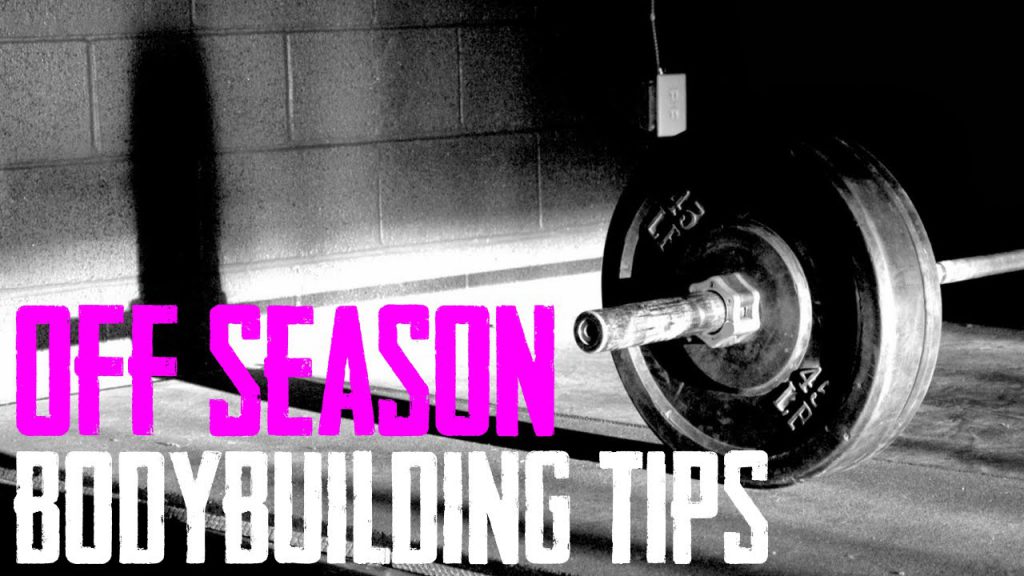Isometrics – Serious Muscle Training Without Weights
Isometrics – super fast way to increase muscle size & strength without using weights.
Isometrics is perhaps the most under utilized and under rated method of exercise. It is perhaps the best method of strength training to be used in rehabilitation and can produce increases in strength and size where traditional, weight bearing, exercise regimes have failed. Isometric contraction, normally just called ISOMETRICS,is one in which the muscle is activated, but instead of being allowed to lengthen or shorten, it is held at a constant length. This isometrics muscle contraction is not done through a range of movements but in a static position. Isometrics is based on the principles of creating muscular tension while opposing the force of an immovable object or gravity. Isometrics are done with high levels of intensity (70-100%) rather than repetitious movements typically for a period of 7-12 seconds. Once the muscle is relaxed after the contraction increases blood flow to the muscles occurs which equals more nutrition and energy uptake which in turn increases the muscle mass (size). Isometric exercise is a form of resistance training in which the participant uses the muscles of the body to exert a force either against an immovable object or to hold the muscle in a fixed position for a set duration of time. In this type of exercise, the muscle is contracted but does not change length during the exertion of force. Additionally the joint most closely associated with the effort remains static throughout the exercise.
Isometric training has been around for centuries in such things as yoga and Chinese martial arts. Even Pilates utilizes isometric exercise as part of its training protocol. Isometrics is probably one of the very few exercise techniques that has been scientifically validated.
At the Max Plank Institute in the 1950’s Dr. Hettinger and Dr. Mueller conducted scientific research into the field of isometrics. Their study showed conclusively that isometrics can increase strength by as much as 300% in less than 30 days!
Isometric Workouts were originally made famous by Charles Atlas – although he branded it as “Dynamic Tension” and in recent years isometric workouts have made a huge comeback especially in the field of rehabilitation therapy. Several devices that use isometrics as the basis of the exercise protocol have been developed by Gert F Koebel including the Bullworker.
Isometric contraction refers to the case of strength training, in which the muscles contract, but do not change their length. The name isometric comes from the words ‘iso’ meaning equal and ‘metric’ meaning distance. In contrary to other dynamic muscle contractions that involve change in position, isometric contraction is performed in a static position. Physical activities based on isometric muscle contraction are known isometric exercises. Sometimes weight lifters and professional bodybuilders will incorporate some isometrics into their workouts, often in order to break through barriers and to attain new levels of muscle strength which in turn leads to new and increased muscle mass.
Advantages of Isometric Contraction Exercises
Isometric exercises can be carried out virtually anywhere! You can do them whilst sitting watching TV, while sunbathing, while you wait in a traffic jam and well the list goes on and on. Everyday, we could if we want indulge in performing isometric contractions as a part of our day-to-day activities, such as carrying a suitcase or a carrier bag full of groceries. Isometrics are particularly beneficial with those with back pain as the muscles can be developed without further damaging the back and the resultant gains in (say) abdominal strength help to alleviate the stress on your back which in turn helps the back to heal as your stronger abs take the strain away from your injured back.
Often the main advantages are seen as maximal muscular contraction in a short space of time. I use isometric training with many of my corporate clients who simply do not have the time to go to the gym.Isometric contraction exercises lasting for 7 – 10 seconds at a time are sufficient to activate a group of muscles. When the resistance or weight is increased gradually, your muscle will become more stronger. However if you are looking to build large muscles rather than simply “tone” then you need to use some more extreme methods of isometric training which whilst being highly intense can deliver results which can rival those attained by people taking chemical steroids, especially if conducted whilst undergoing a planned supplementation regime using products such as Aminotaur which has been shown to naturally enhance muscle growth while you sleep.
Isometrics key advantage is that it can be performed without any specialised equipment. However if you want results faster and also you want to seriously increase your lean muscle mass then you can incorporate the basis of this with any strength training device ranging from chest expanders through to dumbbells and barbells.
This type of training though is intense in nature if done correctly, therefore if you have high blood pressure or any sort of heart condition then consult your Doctor before training. If your doctor has any questions as this type of training is when done correctly can have numerous additional benefits, then tell him to contact us and we will gladly pass on any information that might help.
Benefits of Isometric Exercises.
Isometric exercises can be done without any kind of machines or equipment anytime, anywhere. If you have 10 seconds, you can work a muscle group without no one even noticing you are using isometric training. The convenience and time saving is one reason why isometrics are so popular and becoming even more popular as peoples lives get increasingly busy. Doing isometric exercises 7-10 seconds at a time during the day can substitute your workout -if done correctly. A bold claim? Yes it is but I feel confident in saying this.
The simplest way to demonstrate this is by pressing your palms together as hard as you can, and holding the tension, will work your arms, shoulders and chest. To work your neck and upper back muscles, cross your fingers behind your head, push your head back in your hands using your neck muscles while trying to push your head forward with your hands.
Find a wall to push up against or something you can pull against that won’t move like a door jam. The only thing you need to remember is to use as much force as possible for 10 seconds. Using maximum force will give you all the benefits an isometric workout has to offer. Some proponents say to use 80% of your maximum – but how do you measure 80% and with my own studies I have never seen anyone hurt themselves using isometrics.
If you have high blood pressure you should not engage in this type of activity because isometric exercises cause a spike in blood pressure. Although the blood pressure typically returns to normal rather quickly once the muscle is relaxed, the spike in blood pressure can be dangerous to those who already suffer from elevated blood pressure. If you suffer from high blood pressure but you really want to engage in isometric exercises, please consult with your doctor for tips on how to lower blood pressure first.
Isometrics build muscle mass. In a recent experiment found an average size improvement of 12.4% for heavy isometric training and 5.3% with isometric training using weights equivalent to 60% of 1rm weight after a training period of 10 weeks.
Using Isometrics For Strength
To strengthen your bench press you could either get in a power rack and press the bar against an immoveable pin for a certain length of time, or hold a supra-maximal weight in a ¼ rep range for 6-20 seconds.
The first type of isometric movement, pushing against an immoveable object, is used only for strength, whereas the 2nd type, holding a weight and preventing it from moving, is best for strength as well as muscle growth. Personally, I prefer the 2nd type where you simply hold a weight in place for both strength and muscle growth.
Some say that when performing isometrics you will only strengthen the part of the movement you’re training. For example if doing isometrics in a ¼ range bench press position you’ll only strengthen that part of the movement. The truth is you will strengthen the part of the movement you’re training, but you also get a 15-30 degree carryover and if you train at the most disadvantageous joint angle (like the bottom of a bench press or point in the squat where your thighs are parallel) you actually get a 100% strength carryover through the rest of the movement.
Strengthen your weak links and everything else strengthens as well. In other words, if you perform an isometric contraction a few inches off your chest in the bench press you’ll tend to increase the strength of your entire bench press and the size of your entire chest! But if you only do isometrics over the easiest ¼ or 1/3 range in a movement you only get a 15-30 degree carryover.
If you really want to increase strength in a movement, using the bench press as an example, you’d simply use 3 different positions (bottom, mid-range, and top) and perform an isometric in each position. You’d perform isometrics in the contracted position near your chest, the midrange position, and then the extended position up top. A sample workout would be 2 sets of 10 seconds at each position with the lower position done first. For strength, each isometric contraction should last 20 seconds or less and ideally under 10 seconds.
The benefits of isometric exercise are so many and varied yet simple and cheap to implement. Give them a go, you will notice improvements very quickly and can then make isometrics a key part of your exercise regime.
Isometrics – Serious Muscle Training Without Weights by Zack R Lanzas





